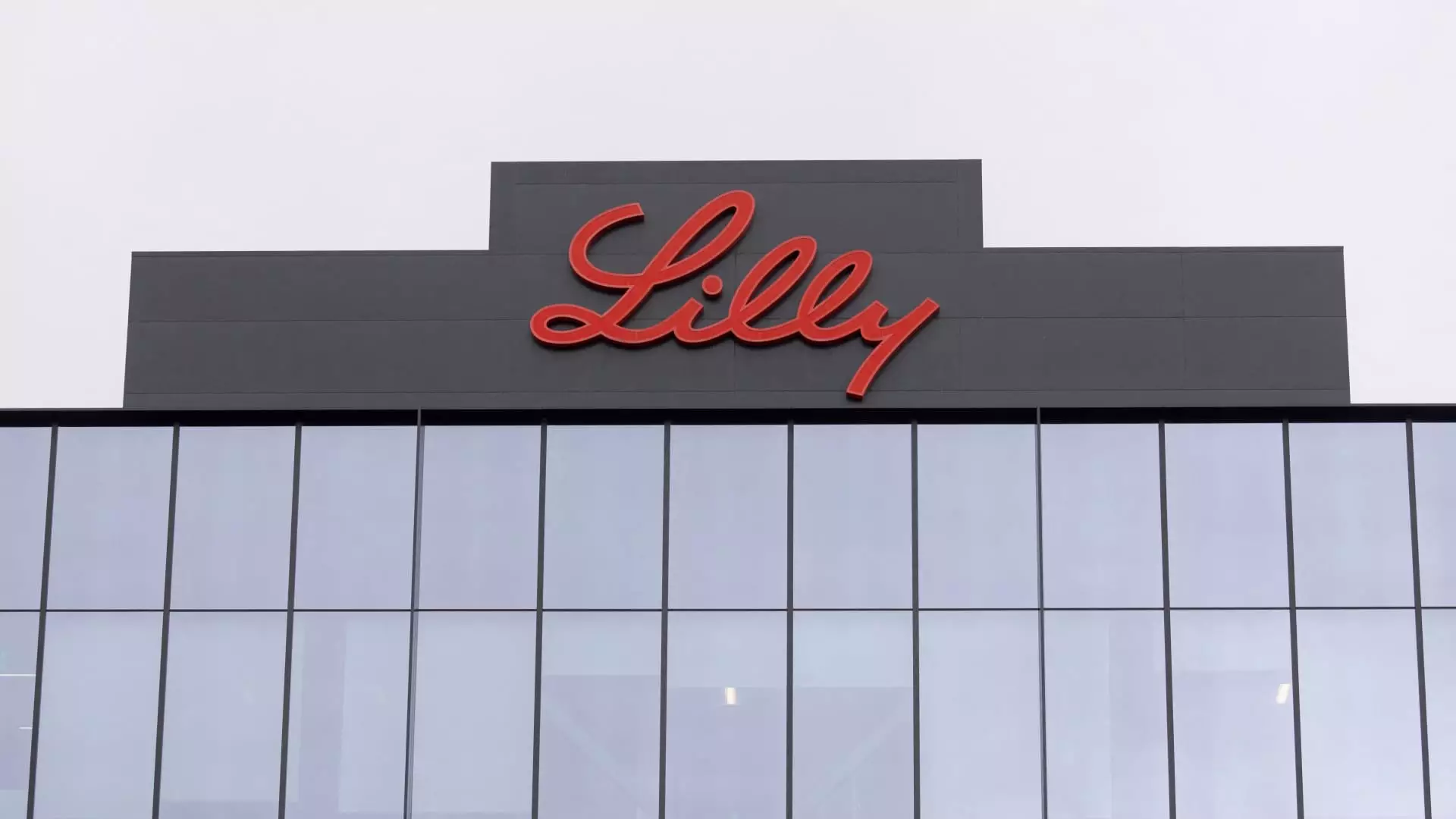Eli Lilly’s recent announcement regarding its third-quarter financial results has raised alarms among investors and analysts alike. The pharmaceutical company reported disappointing profit and revenue figures that failed to meet market expectations, leading to a notable decline in its stock price—approximately 10%. This situation highlights the ongoing challenges the company faces, particularly concerning its flagship products Zepbound and Mounjaro.
The company’s struggle to meet sales expectations for Zepbound, a weight loss drug, and Mounjaro, geared towards diabetes treatment, stemmed from a notable decrease in inventory levels within the wholesale distribution channels. Eli Lilly attributed these declines mainly to fluctuating demand and inventory management issues. As a result, the company’s latest projections have undergone a significant downward revision; adjusted earnings per share estimates have been slashed from an earlier range of $16.10 to $16.60 down to a new expectation of $13.02 to $13.52. This drastic shift not only impacts stakeholder confidence but also underscores the volatility inherent in the pharmaceutical market.
Eli Lilly’s financial recalibration comes in tandem with a $2.8 billion acquisition-related charge. This one-time expense strained their quarterly results and prompted a revision of the company’s revenue guidance for the entire year, which now sits between $45.4 billion and $46 billion—a drop from an anticipated high of $46.6 billion. Analysts noted that the overall revenue of $11.44 billion for the quarter, while representing a 20% year-over-year increase, still fell short of expectations pegged at $12.11 billion. This misalignment has left many questioning the company’s strategic maneuvers and operational efficiency.
The demand for Eli Lilly’s incretin-based medications has surged in the U.S. over the past year, with both Zepbound and Mounjaro experiencing supply shortages. These injectable medications, which help regulate appetite and manage blood sugar levels, have become increasingly popular, prompting Eli Lilly and its competitor, Novo Nordisk, to ramp up manufacturing capabilities. However, earlier shortages had long-lasting effects on supply chains and market perceptions. Although the FDA has indicated that all dosages of Zepbound and Mounjaro are now available, questions regarding prescription fulfillment linger. Reports suggest that patients may still face challenges accessing their medications immediately at local pharmacies.
Eli Lilly’s recent quarterly results and adjustments raise important questions regarding its future—both in terms of financial stability and product availability. As the company navigates through these challenges, continuous monitoring of its supply chain and market strategy will be crucial. Stakeholders will be keen on observing how Eli Lilly pivots in response to fluctuating market demands and operational obstacles in the coming quarters. The pharmaceutical landscape is notoriously unpredictable, and Eli Lilly’s ability to adapt will ultimately determine its trajectory.

Leave a Reply